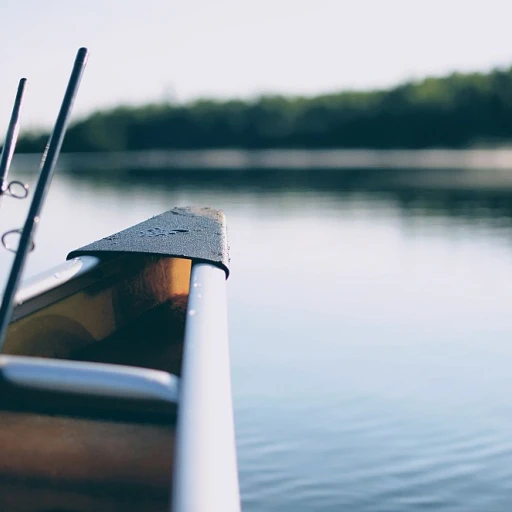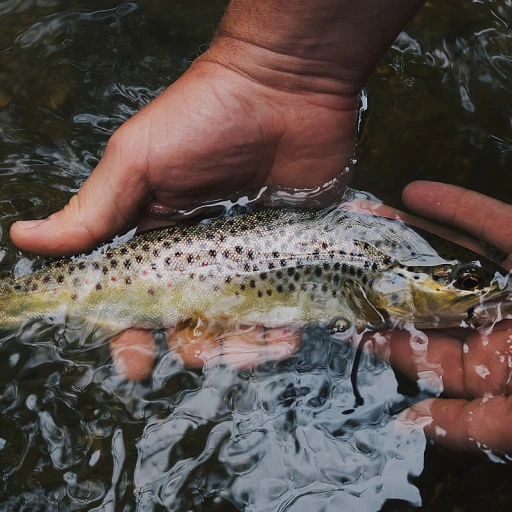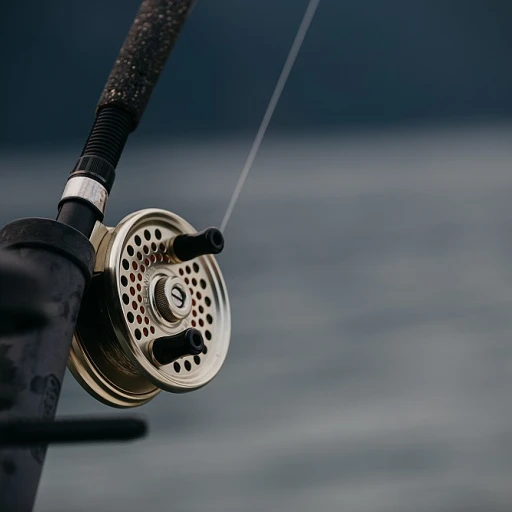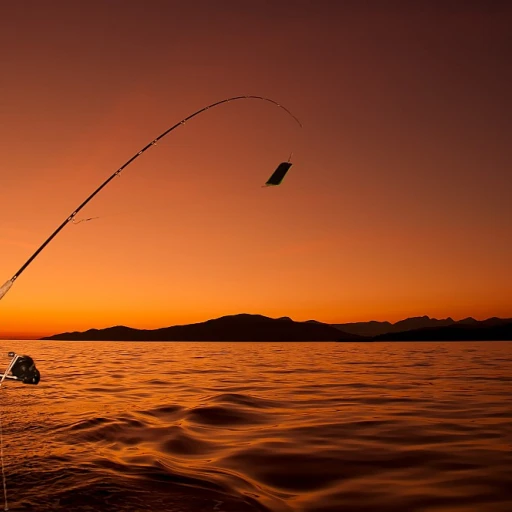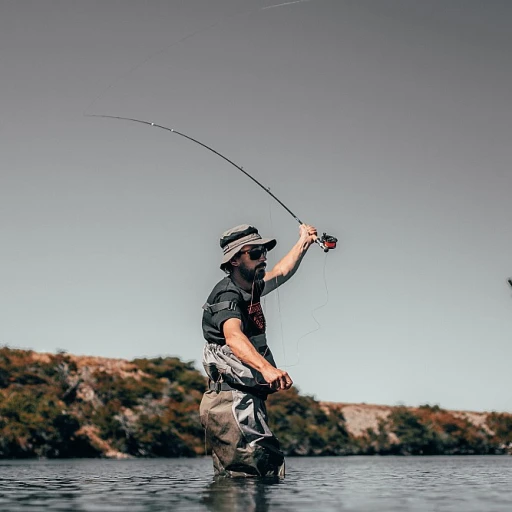
The Timeless Appeal of Worms as Bait
The Traditional Lure of Worm Bait
Among the myriad of fishing bait options, worms have cemented their reputation as a reliable choice that consistently delivers results. The timeless appeal of using live bait lies in its simplicity and effectiveness, making it a staple for both amateur and seasoned anglers alike. Traditional red wigglers and european nightcrawlers are popular choices, often delivering a nutrient rich food source that entices even the pickiest fish.
Worms are a versatile fishing bait, readily available in various forms, such as fishing worms that you can purchase in a worm bin or as part of a commercial worm product. They can be selected based on factors such as the type of fish you're targeting or the environment in which you're fishing.
Additionally, nightcrawlers and red worms have diverse applications beyond fishing, like enriching soil through their castings or serving as composting worms to enhance a worm farm’s bedding. Not to mention, worms play a role in the ecosystem by breaking down organic matter into nutrient-rich soil, aiding in environmental sustainability.
For anglers keen on catching a diverse array of fish species, the ability to select the right lure in conjunction with live worms can be the key to a fruitful day at the water’s edge. Whether you are fishing in fresh or saltwater, worms can be a valuable component of your fishing strategy, consistently attracting fish with their natural movement and scent.
Choosing the Right Can of Worms for Your Fishing Needs
Finding the Perfect Can of Worms for Your Catch
When it comes to selecting the best worms for fishing, understanding your specific needs is crucial. Whether you're targeting small fish or larger species, the type of worm you choose can make a significant difference. Here's a guide to help you navigate through the options:
- Red Wigglers: Known for their vibrant color and active movement, red wigglers are a popular choice for many anglers. These worms are not only excellent for fishing but also for composting, as they thrive in nutrient-rich soil. They are often found in commercial worm bins and are a staple in many worm farms.
- European Nightcrawlers: Larger than red wigglers, European nightcrawlers are ideal for catching bigger fish. Their size and durability make them a preferred choice for those looking to use live bait. They are also known for their ability to survive in various bedding conditions, making them a versatile option.
- Nightcrawlers: These are the classic choice for many fishing enthusiasts. Nightcrawlers are robust and can be used in a variety of fishing environments. They are often sold in convenient boxes or cans, ensuring that your bait stays fresh during your fishing trip.
When purchasing worms, consider the price and delivery options available. Many suppliers offer worms in bulk, which can be more cost-effective for frequent anglers. Additionally, ensure that the worms are kept in proper worm bedding to maintain their health and effectiveness as bait.
Ultimately, the best worms for fishing will depend on your specific fishing goals and the environment in which you'll be fishing. By understanding the characteristics of each type of worm, you can make an informed decision that enhances your fishing experience.
Proper Storage and Handling of Worms
Storing and Handling Your Worm Bait
Properly storing and handling your worms is crucial to maintaining their viability as fishing bait and ensuring they remain attractive to fish. Whether you've chosen red wigglers, European nightcrawlers, or another type of worm, here are a few tips to keep them fresh and ready for your next fishing adventure.- Consider a Worm Bin: Investing in a durable worm bin will not only help keep your worms healthy but also make it easier to carry them to your fishing spot. Look for a product that provides adequate ventilation and a secure lid. Some bins even double as worm farms, where you can raise and feed worms using composting worms to produce nutrient-rich worm castings.
- Controlled Environment: Worms thrive in environments that resemble their natural habitat. Ensure the bin or can has the right bedding composition—typically a mixture of moist soil and shredded newspaper. Both European nightcrawlers and red wigglers benefit from bedding that retains moisture while not being too soggy, which prevents healthy worms from drowning.
- Temperature and Moisture: Keep your worm box in a cool area. Worms prefer temperatures between 55°F to 77°F. Too much heat or cold can stress or even kill your live bait. Regularly check the moisture level, making sure the bedding is as damp as a wrung-out sponge.
- Feeding Your Worms: Supply your worms with appropriate food. Small amounts of waste like fruit or vegetable peels can be fed to your worms. Avoid feeding them too much or offering foods that can turn acidic or spoil quickly.
- Delivery and Cost: When purchasing worms, timing your delivery to ensure worm bait arrives fresh can be beneficial. Investigate product price differences and add your chosen worms to the cart from reputable suppliers to guarantee live arrival.
Comparing Canned Worms to Other Bait Options
Worms Versus Other Fishing Temptations
When it comes to selecting bait, anglers often find themselves at a crossroads, contemplating whether worms, like traditional nightcrawlers, are indeed the best choice compared to other options on the market. While live worms, such as red wigglers or European nightcrawlers, offer a tried-and-true method, various alternatives boast their own unique advantages.
- Artificial Lures: These products offer the advantage of longevity, as they don't spoil like live bait might. However, the malleability and live movement of worms can often prove more enticing to fish.
- Natural Baits: Fish feed worms naturally in their environment, making them a reliable choice. While some fish might prefer specific food forms found in their habitat, worms are generally accepted by a diverse array of fish species.
- Cut Baits: These can have a strong scent appeal, similar to nutrient-rich, live worms straight from a worm farm or worm bin. Nevertheless, the ease of storage and delivery of canned worms can often provide a more convenient and mess-free option.
The simplicity and effectiveness of worms have been overshadowed by fancy packaging and the promise of innovation. Yet, for those who appreciate reliability and effectiveness, worms remain a steadfast choice in the fishing bait box.
Environmental Considerations When Using Live Bait
Understanding Environmental Impacts of Live Bait Usage
When discussing the best fishing bait, it is crucial to consider its environmental implications. While worms like red wigglers and European nightcrawlers are classic choices, using live bait can significantly impact local ecosystems.- Impact on Local Species: When anglers use live bait, such as fishing worms, they may unintentionally introduce non-native species to the local environment. European nightcrawlers, often sold as commercial worm products, can disrupt native soil and alter the delicate balance of local ecosystems.
- Sustainable Practices: Opting for a worm farm or worm bin system promotes a more sustainable approach to obtaining live bait. These setups not only supply nutrient-rich worm castings that can enrich soil for gardening but also ensure a consistent and eco-friendly source of fishing bait.
- Alternatives and Innovations: There are innovative ways to employ worms beyond the traditional manner. Some anglers explore composting worms as both a sustainable bait source and a means to improve soil quality, serving a dual purpose in environmental stewardship and gardening.
- Regulations and Guidelines: It's essential for anglers to be aware of local regulations concerning the use of live bait. Many fishing areas have guidelines to manage or restrict live bait usage to protect indigenous fish populations and preserve the aquatic environment.
Innovative Ways to Use Worms Beyond Traditional Fishing
Expanding Your Fishing Horizons with Worms
When it comes to fishing, worms have long been associated with traditional methods. However, their versatility extends beyond the conventional line and hook. Here are a few creative ways to use worms that might surprise even the most seasoned angler:- Worm Composting: Introducing a worm bin or worm farm in your backyard can turn food scraps into nutrient-rich worm castings, benefiting your garden soil. European nightcrawlers and red wigglers are excellent for this purpose. These composting worms feed on organic waste, creating a sustainable cycle of use.
- Garden Helpers: Worms not only serve as effective fishing bait but also as valuable garden helpers. Adding a mix of live worms like red wigglers to your garden can enhance soil fertility and aeration, making it a more productive patch for growing a variety of plants.
- Feeding Aquatic Life: Consider using worms to feed aquarium fish or other aquatic pets. The high protein content of worms makes them a nutritious alternative to commercial fish food. This natural diet can improve the health and vitality of your aquatic creatures.
- Innovative Presentations: For the adventurous angler, try experimenting with different bait presentations. Thread worms onto multiple hooks to mimic a worm ball or use a bait delivery system to keep the bait fresh and enticing for fish. The versatility of worms allows endless possibilities.
- Educational Programs: Worms can serve as a great educational tool for kids and curious adults alike. By establishing small worm farms or bins, one can learn about worm biology, ecosystem interaction, and the importance of environmental sustainability. An engaging way to bring nature closer to home.

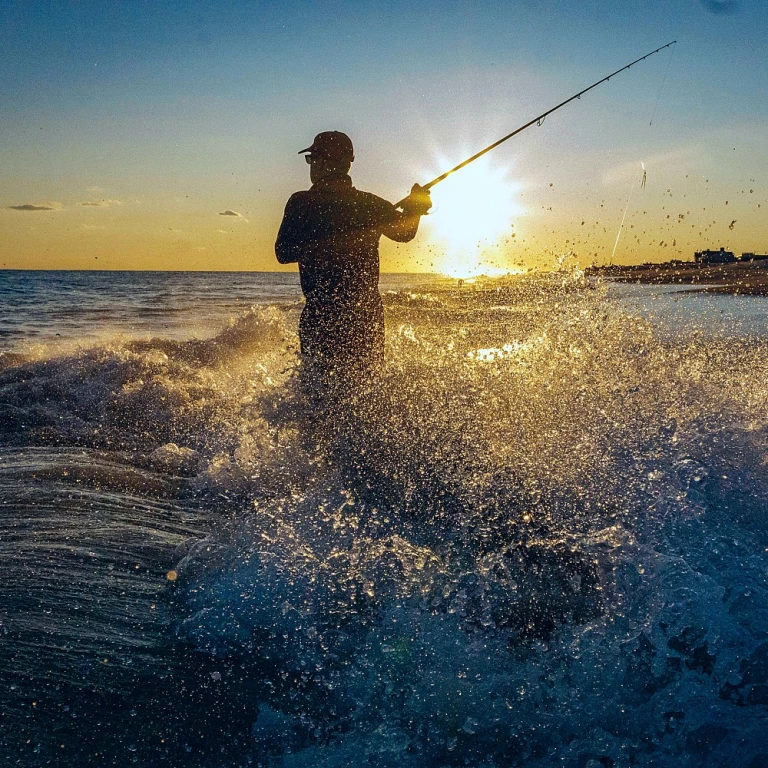
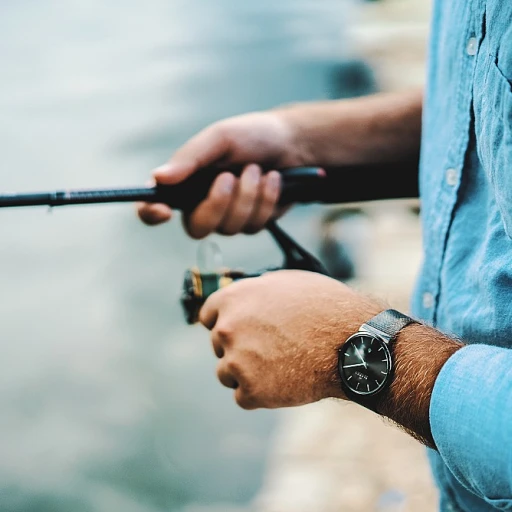
-large-teaser.webp)
